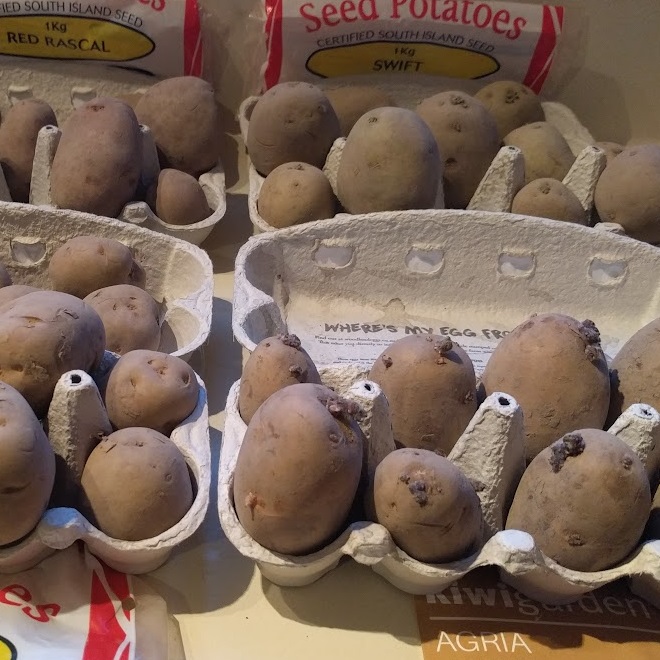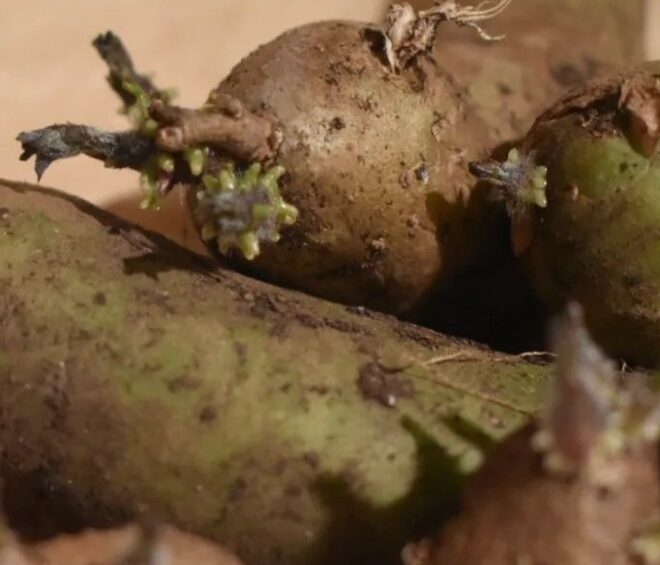Water water everywhere!
I know it cannot be fully true, but it feels like the ground around me has not had a good chance to dry out since the floods last winter. And this winter feels far worse! A good gardening friend of mine reckons it has not been this wet in North Canterbury for about 20 years. Very few people I have spoken to has not been affected by the surface flooding. The ground is sodden. The question on our minds: will the gardens survive?
Well-drained soil is almost a given for any plant’s perfect growing habit, with a very minimal number of terrestrial plants being able to live for prolonged times in standing water, or saturated mud. We can only hope (as befits gardeners)!


Weather outlook
According to NIWA’s seasonal outlook, there seems to be a tend toward drier conditions for August. Temperatures are likely to be warmer than average and that soil moisture levels and river flows that are currently well above normal will move toward a normal level in the next three months.
Their forecast of above average temperatures has a high confidence level and seems to be very likely, especially toward September and October, but the rainfall is less sure with many climate events playing into the situation, so while the general thoughts are for drier spells, a few odd heavy rainfall events may come ot pass.
Lunar Calendar and Sowing Seeds
Click image to download PDF.
Chitting potatoes and getting ready to plant your spuds
August sees garden centers fill up with seed potatoes. Here’s a few answers to common questions:
Q: Can I grow from supermarket potatoes?
A: Yes, you can, but take note that potatoes on supermarket shelves do not come with the reassurance that they are disease free and from good growing stock. Potatoes from the supermarket may also have been sprayed with a growth inhibitor to stop them from sprouting. While seed potatoes seem expensive, it is a worthy investment.
Once you have potatoes growing well, you can save some of your own each year for re-growing the next season.
Q: How do I chit potatoes and do I need to?
A: Seed potatoes can be planted without being pre-sprouted (chitted), but chitting your early or second early varieties is common practice for home gardeners as it gives you a head start, and some claim an earlier and better yield come harvest time.
You can even double your seed potato purchase by cutting the potatoes (ensuring each half has an eye or two), dipping the cut end in wood ash to prevent disease. As each half chits (sprouts), they can each grow into a potato plant.
The best way to chit your potatoes is to lay them somewhere dry and airy (on newspaper or in egg cartons), not in direct sunlight (but not in a totally dark place either otherwise you may get very long leggy shoots that break off easily when transplanting) – you’re looking for optimal temp, humidity and light to grow strong, short stubby shoots.
In a few weeks the eyes (indents in the potato) will start sprouting the shoots and practice is to rub off all but the strongest three or four.


Q: What’s the difference between an early potato and maincrop?
A: Potatoes come in many varieties – each country have their own specialist heirlooms, and some international standard cultivars. Seed potatoes are sold as early, second early (mid), or late varieties and this mainly refers to days to maturity, i.e. how many days till you can harvest from when you first planted the potato.
- Early potatoes have a short maturity (under 95 days). They are normally thinner skinned, smaller and not very good for long term storage (although this does differ from variety to variety). To confuse things, some maincrop (longer to mature) potatoes can be grown as earlies and harvested as a younger (not full sized) potato.
- Mid season or second earlies have a maturity range of 95 – 110 days and seem well balanced between the tender early varieties and the storage capability of the later potatoes. These can store for up to a month.
- Late season or maincrop potatoes generally mature between 110 – 160 days and are very good for storing – up to three months after harvest.
Q: How do I prepare the garden for my potato planting?
A: While your potatoes are chitting, if you chose to do so, you can prepare the ground for planting.
Potatoes prefer a well drained soil, so ensure you work in organic matter such as compost, cover/green manure, leaf litter and well rotted animal manure to improve soil conditions. Weed well.
In your prepared bed, dig furrows that are 15cm deep and about 30cm (smaller potatoes) to 40cm (larger main crop potatoes) wide to plant your potatoes in.
Place your chitted potatoes in the furrows every 25cm – 80cm.
Cover with up to 5cm of soil and water well.
Through the next few weeks, as the shoots grow, continue to mound the potatoes until they’re about 30cm tall. Mounding protects potatoes from frost damage, ensures there’s no light reaching the tubers to turn them green, and ensures better tuber development overall.
Mulch well.
Other tasks for August
Add compost to the soil.
Dig in green manure cover crops.
Prune pip fruit trees (apples and pears).
Prune apricots.
Prune roses.
Be ready with frost cloth to protect budding fruit trees.
Weed.
Mulch.
Enjoy!







1 Comment
Yes it has been so wet. I had some earthworks done last october so my land is draining well but i did not get enough areas mulched so its weed city..mainly nightshade. Seeds are sprouting inside and after 3 fine days I managed some pruning…roll on the warm weather